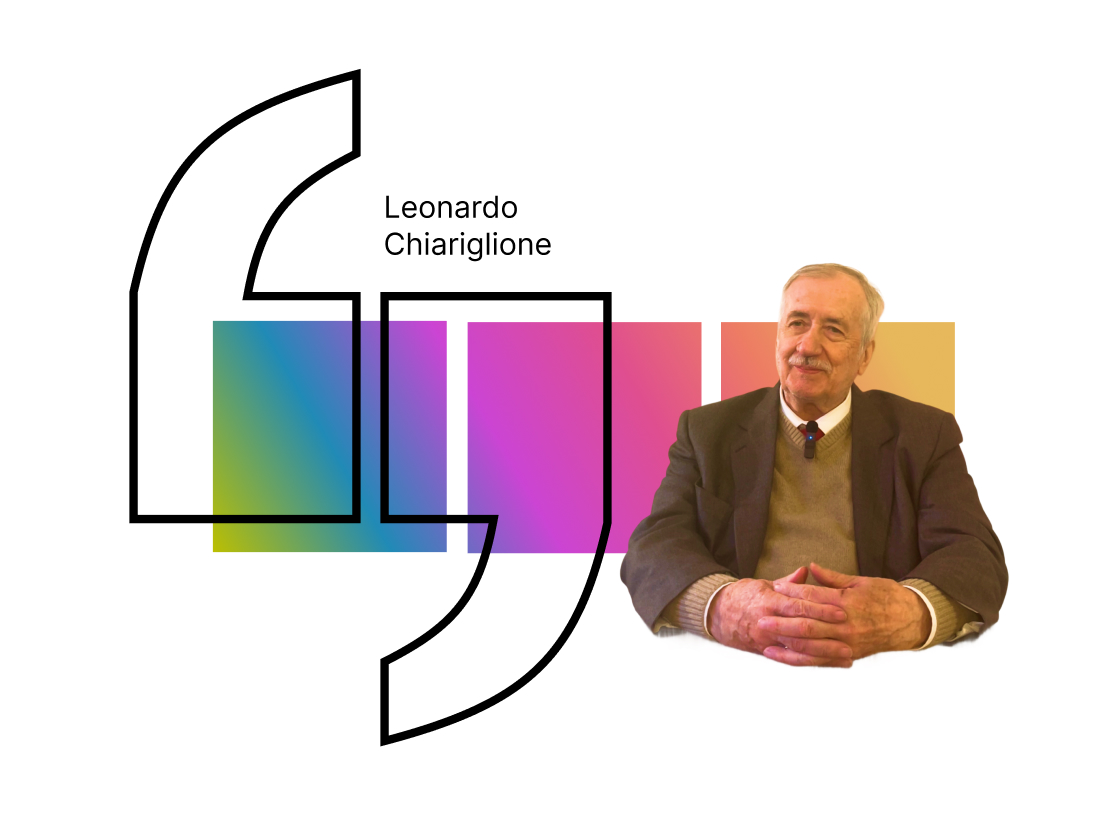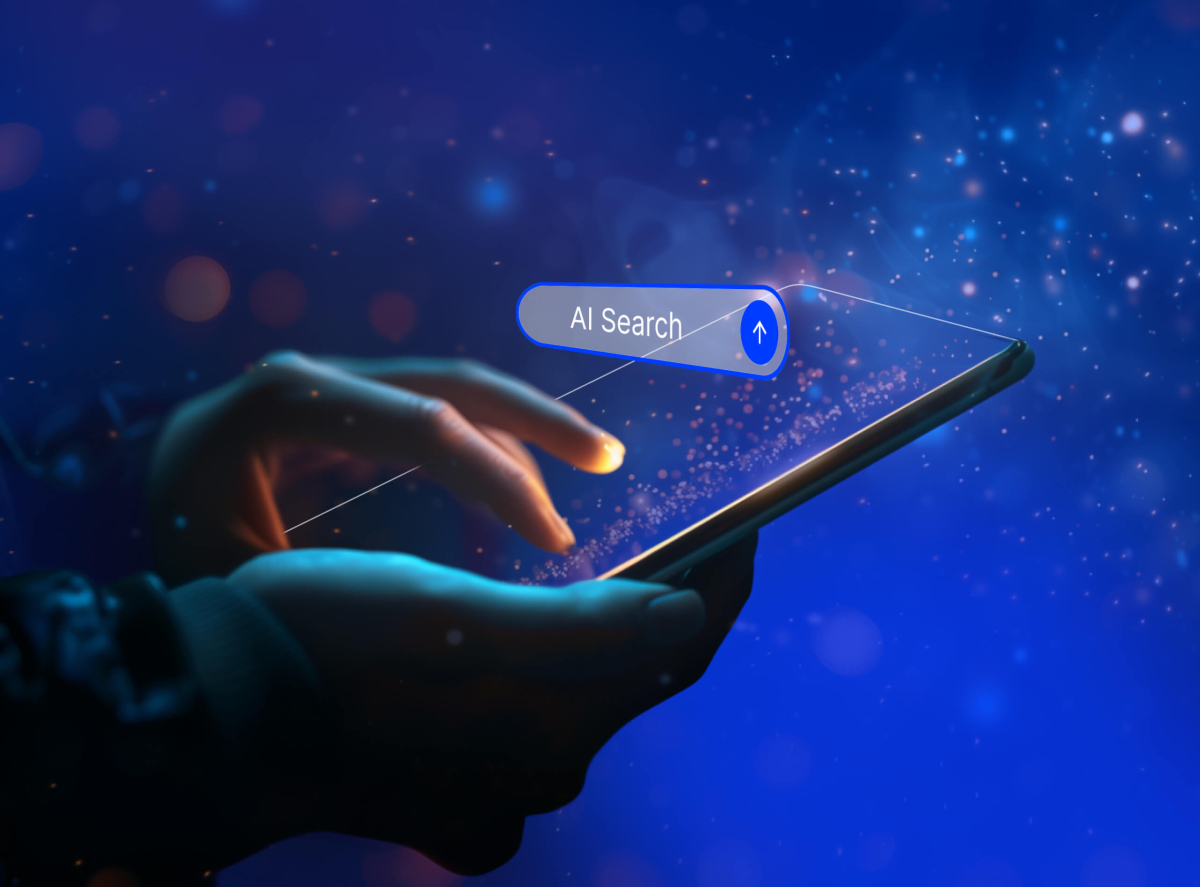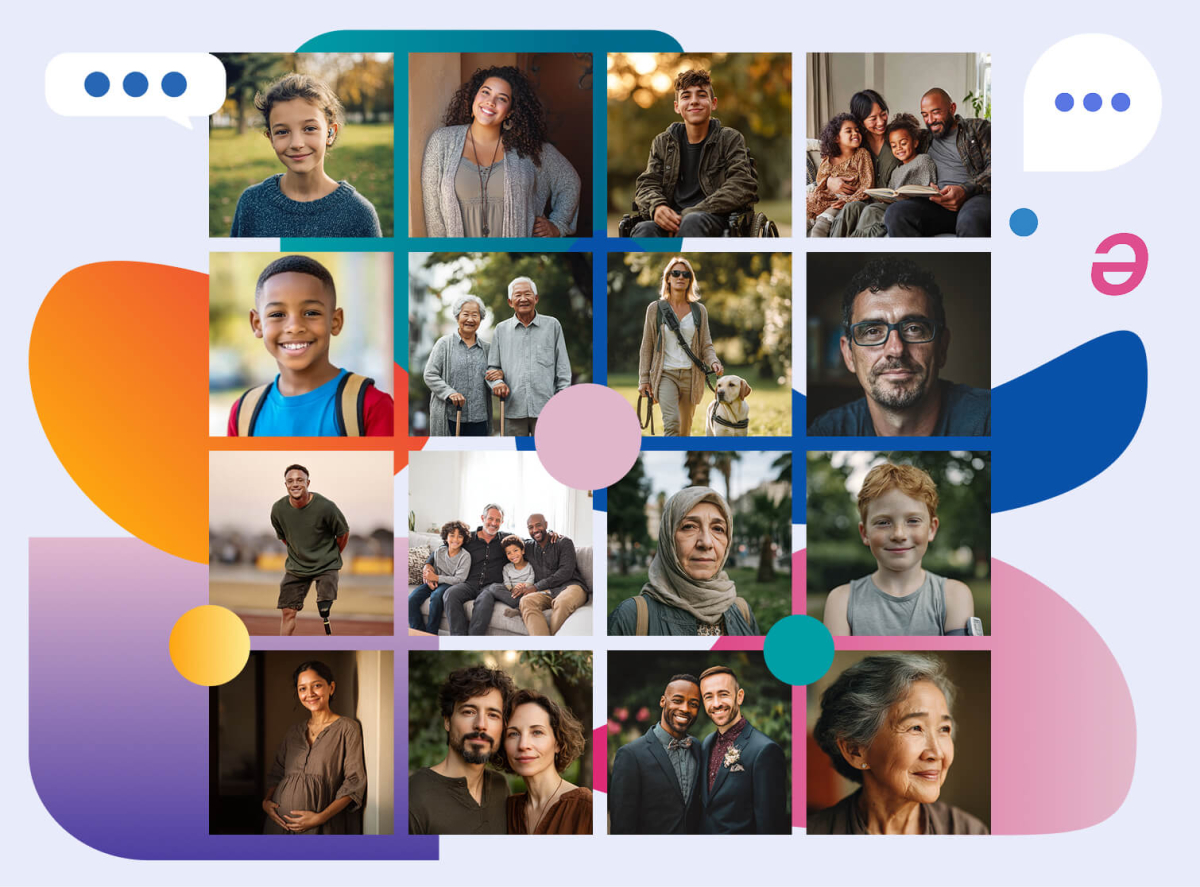
AI and creativity: the indispensable role of humans in the digital future, according to Leonardo Chiariglione
Artificial Intelligence is the technology that is redefining our world. It represent “a new way of doing the things we used to do... but also an opportunity to do entirely new things.”
Yet this digital revolution brings with it profound questions and fears: will AI replace us, or will it be an ally?
We explored the topic with Leonardo Chiariglione, a world-renowned Italian engineer considered one of the pioneers of digital standardization. Chiariglione is globally know for founding MPEG (Moving Picture Experts Group) in 1988, the group responsible for creating audio and video standards, including the iconic MP3.
As Chiariglione points out, "every new technology has always brought fears and concerns with it, and Artificial Intelligence is no different." In fact, it "has the ability to replace humans even in activities that were once considered solely for human." However, his vision is clear: we must see it "as a help, not a replacement," and view AI as "a service for humanity."
Despite the power and capabilities of Large Language Models, Chiariglione emphasizes that "these machines do not have creativity at this point," thus still leaving "room for human ingenuity."
In this interview, we will explore the ways in which AI is revolutionizing traditional industries, the challenges it poses to our understanding of work and creativity, and the importance of a global and informed vision of fully harnessing its potential for the benefit of humanity.
With MPEG, you transformed audio-video technology, and now innovation continues with the MPAI group. In this new project, Artificial Intelligence plays a key role — could you explain that to us?
Artificial Intelligence is a new way of doing what we’ve always done, but also a way to do things that were previously impossible.
I see AI as a new technology to be harnessed, which, like any innovation, brings with it new requirements and new functionalities.
The standards we had before don’t necessarily apply anymore.
AI is fundamental because it includes what we might call a “traditional” component, but also many entirely new ones.
There are large language models — massive neural networks trained on trillions of words and sentences by the millions and billions — a totally new technology. But there are also smaller, more specialized networks.
So how do we get different networks to communicate with one another? That’s where standards can make a real difference.
When you began working on MPEG, the challenges were mainly technological. Today, thanks to Artificial Intelligence, many processes are being automated. In your view, will creativity and human ingenuity still have the same space in driving innovation?
I wouldn’t question the fact that human ingenuity still has space. However, that space may not remain the same.
Personally, I refer to Artificial Intelligence as a “machine.” It is a tool capable of performing tasks — sometimes exactly those tasks we perhaps can no longer, or rather should no longer, dedicate ourselves to, because the machine performs them better, at lower cost, and gives us back time for more rewarding activities.
However, there is a crucial aspect: these machines, today, do not possess creativity. When we talk about creative AI, it’s not true creativity. These are trained systems, i.e., they have seen perceived billions of pieces of content and generate results based on what they have learned. What is still missing is the creative process typical of humans — characterized by the ability to combine different elements through intuition, sensitivity, and emotional engagement.
It is in this space that human ingenuity continues to hold great value. Of course, some images or videos produced by AI can be pleasing, but after a while, they become repetitive — and then you feel the desire for something different, something more human.
Artificial Intelligence is transforming the way we process and consume multimedia content, such as advanced video compression and automatic creation of images and videos. If you had access to AI back in the 1980s, how would it have influenced your approach to developing MPEG? In hindsight, would you have welcomed AI support?
In the 1980s, we had the mindset of that era, and accordingly, engineers and computer scientists thought with the mentality of the time. It’s hard to say for certain how we would have acted if we had access to Artificial Intelligence. Perhaps we would have adopted it, yes, but the truth is that the challenges back then were fundamentally different from those we face today with AI.
It’s true that integrated circuits already existed, but designing certain types of circuits was a complex, often exhausting endeavor.
For this reason, I don’t believe AI as we know it today could have truly played a role in that context. AI technology has gained significant ground only in recent years (around 2020 onward) precisely because it addresses the needs of today.
Based on your experience, is there anything to fear about the impact of AI, especially in the digital world?
Every new technology has brought with it fears and concerns. Artificial Intelligence is no exception.
However, it must be acknowledged that, compared to past innovations, AI has a distinctive element: the real ability to replace humans even in activities that, until recently, were considered exclusively human.
For example, today a lawyer preparing a closing argument can rely on AI to quickly gather information that they could also find on their own, but with much more time and effort. In this sense, Artificial Intelligence should not be seen as a substitute, but rather as a supportive tool.
AI gives young people quick access to advanced tools. What advice would you offer to a young engineer today who wants to make a mark—like you did with MPEG—in a world increasingly dominated by Artificial Intelligence?
I conceived MPEG as a service for humanity.
You didn't live through the time when each country adopted its own television system: every country had a television infrastructure designed to be incompatible with that of its neighbors.
From that came the idea to create MPEG as a tool for connecting people. I believed the world should be able to communicate in a uniform way, and with the decommissioning of analog technologies and the rise of digital, the time had come to prepare for building a common language.
History, however, never repeats itself in the same way. There will be similar situations, but they will not be identical.
I was driven by the desire to do something for humanity, to allow human beings to communicate without barriers.
My education before university came from the Salesians of Valsalice, who instilled in me the idea of thinking globally. I’ve always had a passion for languages, I wanted to communicate with everyone, but there are too many languages to make that possible.
So how can one be impactful, how can one leave something behind for the future? First, you need competence, of course, but you also need a broad vision.
I believe that in the future it will perhaps be less necessary to be hyper-specialized, and increasingly important to be competent in one area while maintaining broad awareness of everything around it—maybe not in detail, but at least at a conceptual level.
I can’t ask everyone to “work for humanity”; it’s something personal, and it’s not necessarily the right path for everyone.


